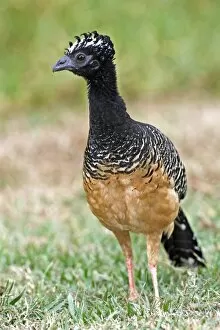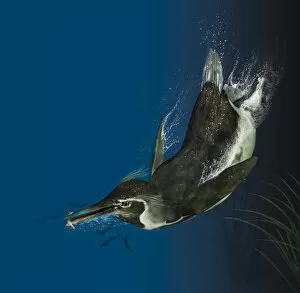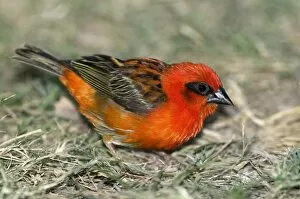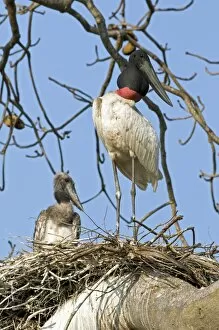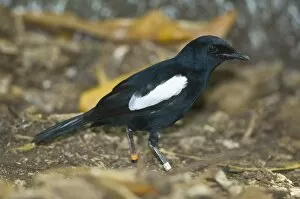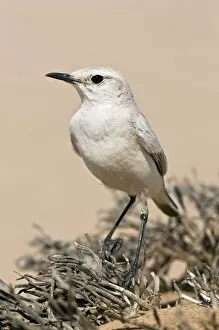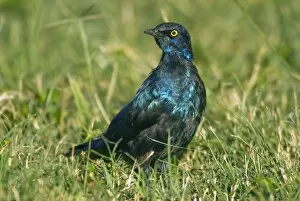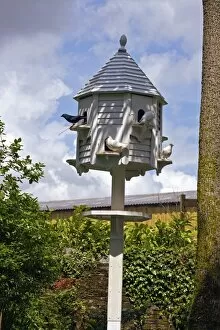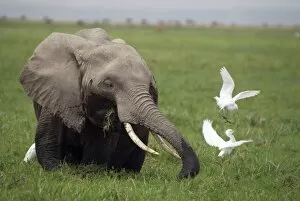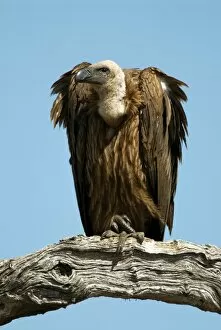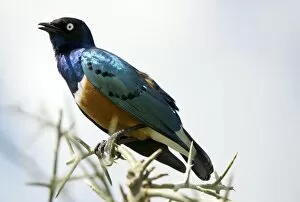Ornithological Collection (#79)
"Exploring the World of Ornithology
For sale as Licensed Images
Choose your image, Select your licence and Download the media
"Exploring the World of Ornithology: A Journey through Art and Nature" Immerse yourself in the captivating world of ornithology as we embark on a visual journey filled with magnificent bird species and historical artwork. The majestic Red kite soars gracefully across the sky, its vibrant plumage catching the sunlight. In awe, we witness this symbol of freedom and resilience. A delicate Long-tailed tit perches delicately on a branch, its fluffy feathers creating an enchanting sight. It reminds us that beauty can be found even in the smallest creatures. Behold the Barn owl depicted in artwork C016 / 3233; its ghostly appearance evokes both mystery and wisdom. This nocturnal hunter silently glides through moonlit landscapes. Witness a mesmerizing spectacle as an enormous flock of European starlings takes flight, their synchronized movements painting the sky with intricate patterns. Nature's harmony unfolds before our eyes. In United Kingdom's riverside habitats, we find the Kingfisher (Alcedo atthis) showcasing its vibrant blue feathers against lush greenery—a true gem among British avifauna. Travel back to 19th-century England through artwork C013 / 6315 featuring Common magpies—these intelligent birds have long fascinated artists and storytellers alike. Gaze upon historical artwork depicting a Tawny owl—the epitome of nocturnal elegance—with piercing yellow eyes that seem to hold ancient secrets within them. Two mischievous Jackdaws playfully interact atop an old stone wall—an amusing scene reminding us that birds too have their own unique personalities and social dynamics. Delve into history once more as you discover Nightjar depicted in stunning detail by talented artists from yesteryears—a mysterious creature known for its haunting calls during twilight hours. Once again, marvel at nature's grandeur as another vast flock of European starlings graces our presence—each individual contributing to create a breathtaking spectacle in the sky.


